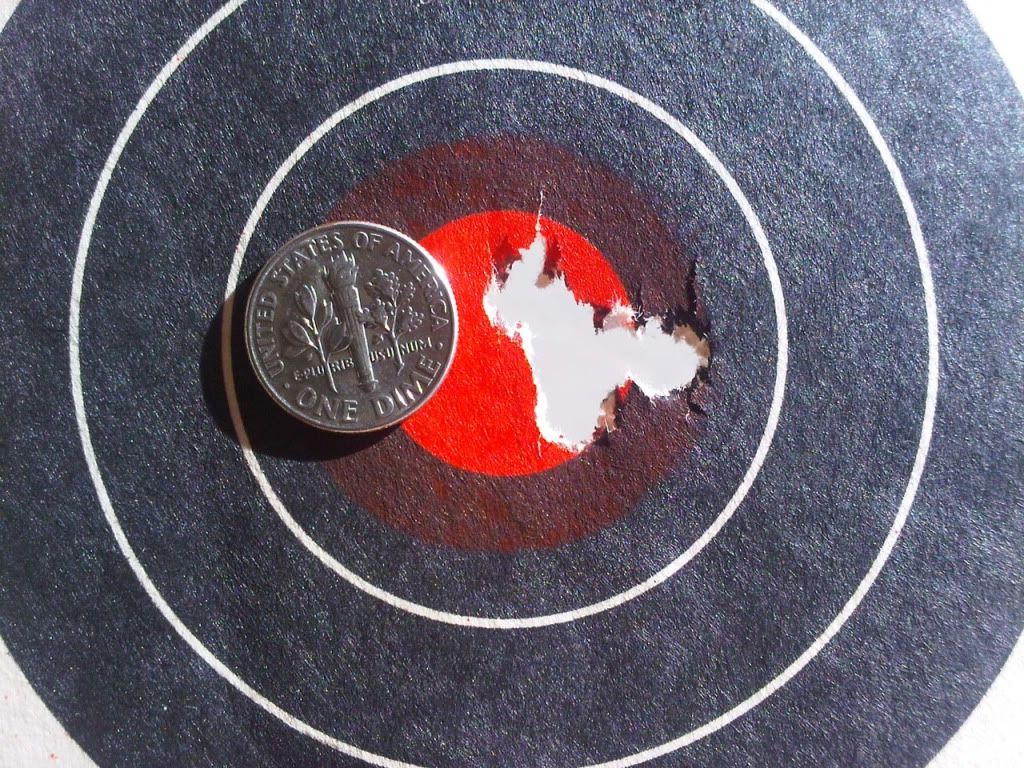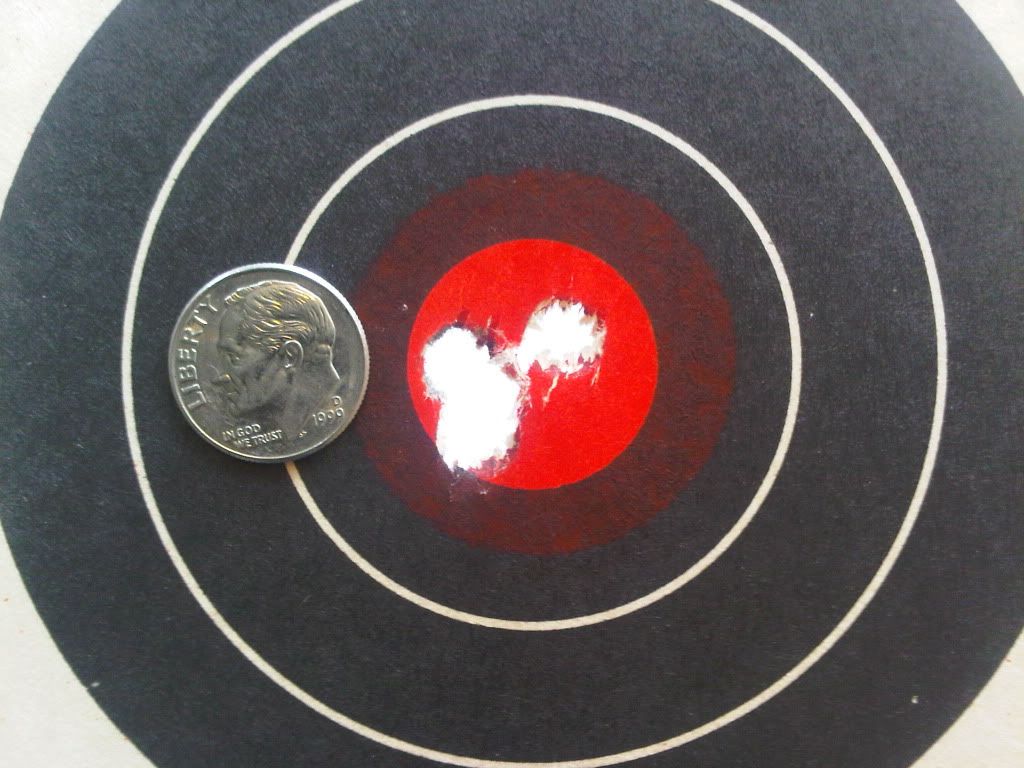Re: AR-10 Accuracy Expectations??
<div class="ubbcode-block"><div class="ubbcode-header">Originally Posted By: hlee</div><div class="ubbcode-body">"One time it will put 4 or 5 in under an inch and the next time the same load is 2+ inches!!!! Its driving me crazy!!"
The above is quoted from the original post and is the crux of the problem. This is, variability in the precision of the shooting platform/shooter/ammunition/environment combination.
I'm going to weigh in here, not as a precision shooter, but as a scientist. We have several sources of variability in a shooting scenario. The gun, the ammunition, the environment, the shooter, time ("one never steps in the same river twice.."), etc. We can mostly eliminate environmental factors on trajectory (and, thus, bullet placement) by shooting indoors- or on dead calm days. Buying 'match grade' ammunition (or careful handloading) can minimize the effects of ammunition variability. Shooting from a supported bench position (including but not limited to the use of a gun vice) can minimize the effects of the shooter on bullet impact. Only once all of the other factors are taken into consideration can we evaluate the variability of the gun. I postulate (but am totally willing to be corrected/educated) that all guns- when all other sources of variability are take into account- shoot "consistently." Some may not be able to hold a 3" group at 100 yards, others may shoot single hole groups at 500. I would grant that Sterling shooters definition of a "broken gun" would include a perfectly serviceable firearm in the former group. And, this definition may exclude all firearms except those in the latter group. However, a gun that shoots a ~3" group, should ALWAYS shoot a ~3" (at some defined range) group if all other sources of variability are mitigated (shooter, environment, ammunition, etc). Likewise, there is no luck in shooting (or anywhere)- a gun that shoots single holes should always shoot single holes. Deviation from this "consistency model" necessitates that some other source of variability is not being mitigated. If the environment is held constant- and the variability (inconsistent groupings) remains through several lots/manufacturers of ammunition, then the shooter is the most likely source of error. And- being made from muscle and sinew, having a heartbeat and a breathing pattern, and being susceptible to the effects of discomfort and fatigue- the shooter is the larges single source of variability in shooting.
I tend to look at my "best group" as the culmination of what I and the rifle and the ammunition can do. Any deviation from this "best" is a failing of my shooting- the ammunition should also shoot "consistently" (given a random and normal distribution of error, and sufficient sample size).
By the way, Sterling Shooter, could you share your definition of "zero dispersion?" My definition would be a group smaller than the area subtended by the sighting system used. So, for a typical hunting scope (one available at most "big box stores") at 9x at 100 yards, that group would be about 0.5 in.</div></div>
Two things, first the variables, you include environmental factors as a variable, I do not, since the environmental factors that effect trajectory can be countered by the shooter; and, when not countered correctly, it is shooter error. Second, when I mention zero dispersion I am referring to point of aim and point of impact intersecting and having no measurable displacement. My goal (using Service Rifle irons) is zero dispersion for every shot I fire in LR competition. This goal forces me to muster a perfect position shot to shot, as well as a perfect sight picture. Mustering these relies on having developed muscle and picture memory through vigorous practice schedules. Realizing zero dispersion is rare although occasionally I have broken back to back spindles marking X-ring hits. In 100 yard MR-31 practice sessions with irons and sling, shooting 20 round strings of fire, again attempting shot to shot zero dispersion, I can usually muster groups in the half inch arena if inspired by good initial hits.
Back to "Accuracy Expectations", I expect to win. I therefore attempt to come to the firing line with a perfect rifle, perfect ammunition, and perfect marksmanship.





